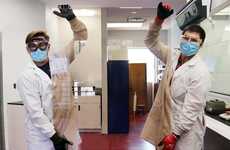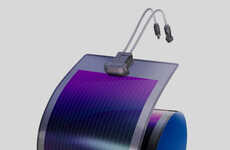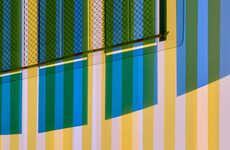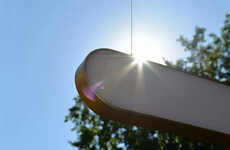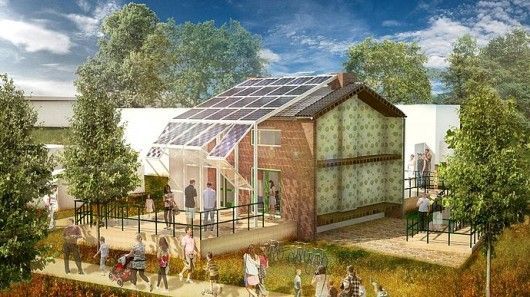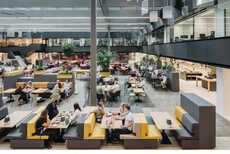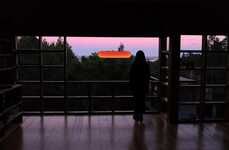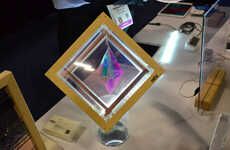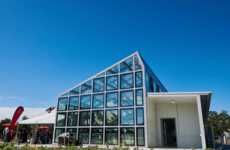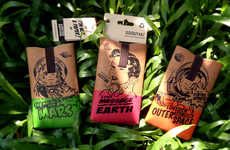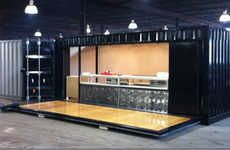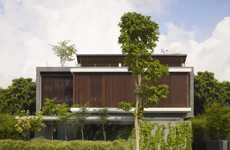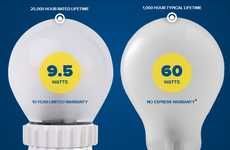
These Solar Panel Skins Will Help Harvest Solar Energy for Homes
Rahul Kalvapalle — March 18, 2014 — Art & Design
References: tudelft.nl & gizmag
A team of Dutch university students have developed a concept for a solar-powered skin that could be attached to buildings to optimize energy usage without compromising the Netherlands' architectural and aesthetic traditions.
The skin would cover the entire exterior of a house from front to back. One side of the skin would be fitted with solar panels, while the other would be fitted with insulation materials to trap heat indoors.
The skin's genius lies in its ability to adapt to different weather conditions. During winter, the skin encloses the house entirely to trap heat indoors. In the autumn and spring, it opens partially to provide ventilation. In the hotter months of the year, it can be completely opened up to provide maximum airflow.
The skin is specially designed for the row-house style of homes that make up around 1.4 million homes in the Netherlands, or around 60% of housing structures in that country.
The skin would cover the entire exterior of a house from front to back. One side of the skin would be fitted with solar panels, while the other would be fitted with insulation materials to trap heat indoors.
The skin's genius lies in its ability to adapt to different weather conditions. During winter, the skin encloses the house entirely to trap heat indoors. In the autumn and spring, it opens partially to provide ventilation. In the hotter months of the year, it can be completely opened up to provide maximum airflow.
The skin is specially designed for the row-house style of homes that make up around 1.4 million homes in the Netherlands, or around 60% of housing structures in that country.
Trend Themes
1. Solar Power Skins - Opportunity for the development of solar-powered skins that can be attached to buildings to optimize energy usage without compromising architectural aesthetics.
2. Adaptable Building Skins - Potential for the creation of building skins that can adapt to different weather conditions, providing insulation in winter, ventilation in autumn and spring, and maximum airflow in summer.
3. Row-house Energy Solutions - Opportunity to create energy-efficient solutions specifically designed for row-house style homes, which make up a significant portion of housing structures in the Netherlands.
Industry Implications
1. Renewable Energy - Renewable energy companies can explore the development and commercialization of solar-powered skins for buildings to increase the adoption of clean energy sources.
2. Architecture and Construction - Architects and construction companies can incorporate adaptable building skins into their designs to create more sustainable and energy-efficient buildings.
3. Home Improvement - The home improvement industry can offer energy-efficient solutions, such as building skins, specifically tailored for row-house style homes.
2.4
Score
Popularity
Activity
Freshness


